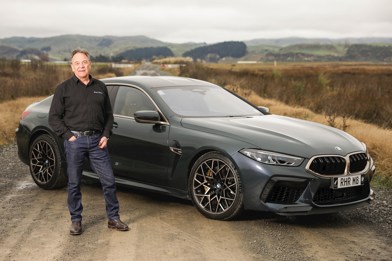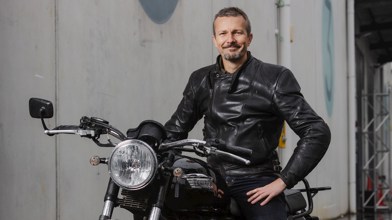A while back I reviewed the Tesla Model Y as both a car (spoiler; it’s very good) and a digital device (another spoiler; it’s even better), so imagine that package in a sleeker form, but with an even bigger tech appeal, courtesy of Tesla’s newly available Full Self Driving (Supervised).
Well, imagine no more, as we got our hands on a Model 3 with FSD(S), which is how I am forever going to refer to it now.
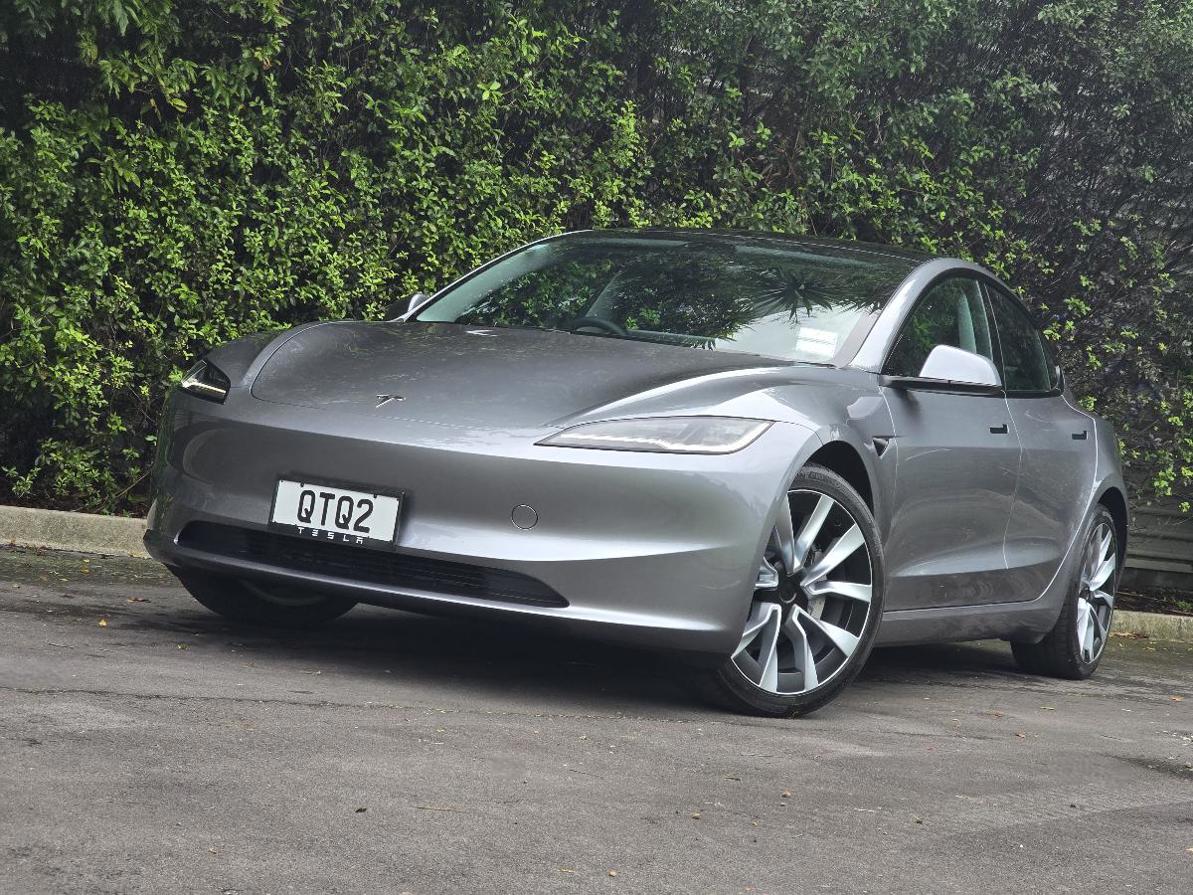
I am going to freely admit I was rather sceptical of Tesla’s move into a more advanced form of Level 2 autonomous assist, as I had been far from impressed by earlier efforts.
But I maintained hope, as the Model Y I had just driven was light years ahead of every single aspect of the very first Tesla I drove, which was a Model S that boasted soggy handling, unsettling power delivery (it would tug away at random wheels going around corners quickly) and frankly obnoxiously intrusive driver assists that would abruptly quit like a petulant child if you dared to intervene to stop it rear ending that truck it missed.
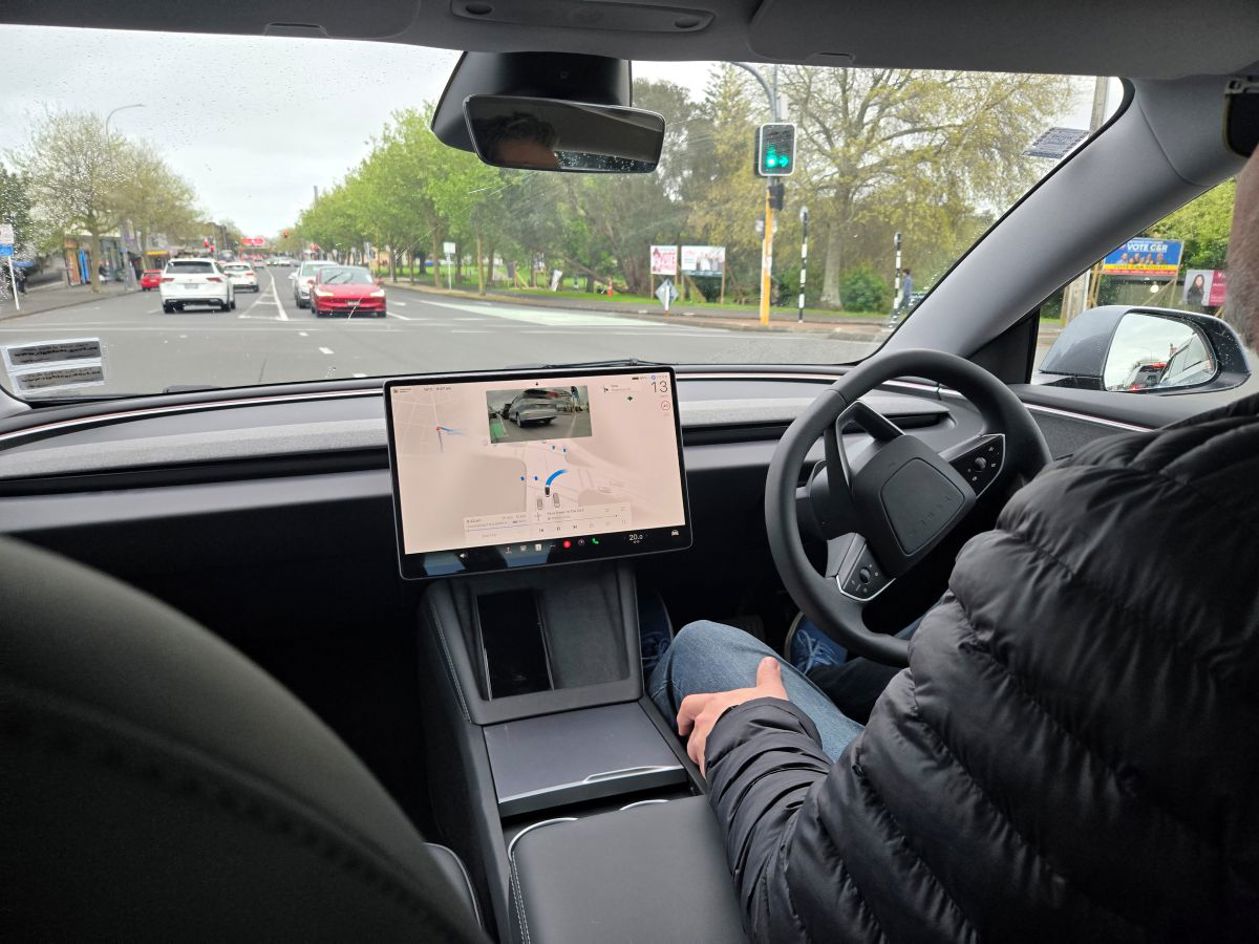
But the weirdly flaky performance from the far superior current Model Y, which would get confused by road markings and curbs, and either dither to a halt halfway through a parking attempt of just soldier on regardless directly at a wall it didn’t see, didn't give me great hope for FSD(S) and Tesla’s insistence on a camera-only approach to it all.
But after spending a week in the Model 3 with FSD(S) enabled, I am both truly surprised and genuinely delighted to report that I was very wrong to have those doubts, and that the system is deeply impressive.
It quickly becomes obvious when you first drive the Model 3 (or rather, let it drive you) that some pretty advanced AI heavy lifting is going on, with the system capable of recognising and understanding not just road markings and road signs, but also writing on the roads, such as the KEEP CLEAR road markings in front of side roads before traffic lights.
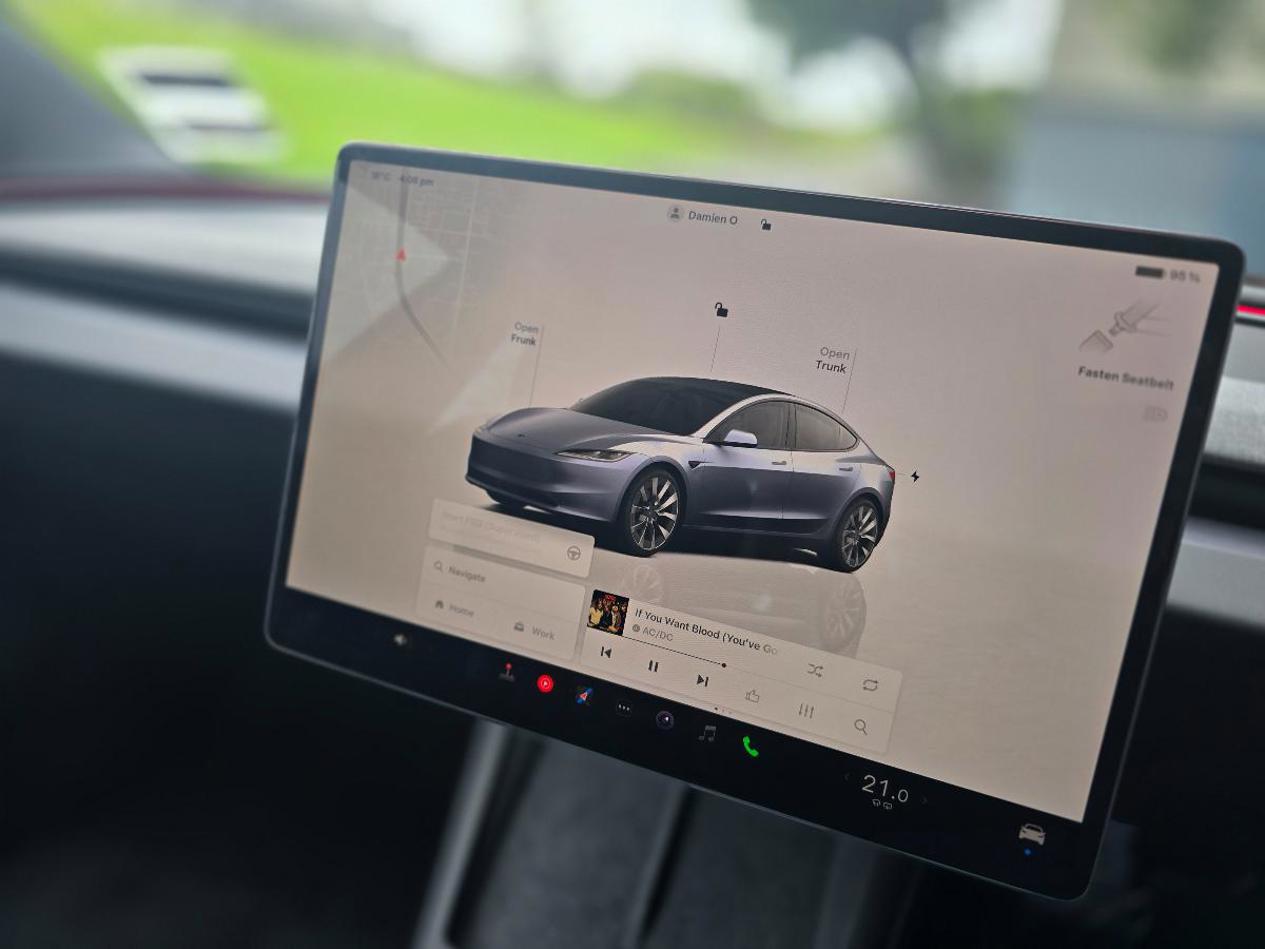
The first time I came across one of these I was fully prepared to either intervene and brake myself, or just look like one of those jerks who park across them. But the Tesla caught me completely unawares by gently rolling to a halt before the intersection, only to roll gently across it after the car on the other side had moved forward enough.
After spending a week in the Model 3 with FSD(S) enabled, I am both truly surprised and genuinely delighted.
In fact the majority of my time with the Model 3 was punctuated by occasions where I would just be thinking I might have to intervene to move into another lane, go for a gap in traffic from an intersection or overtake when the car would do simply do it itself.
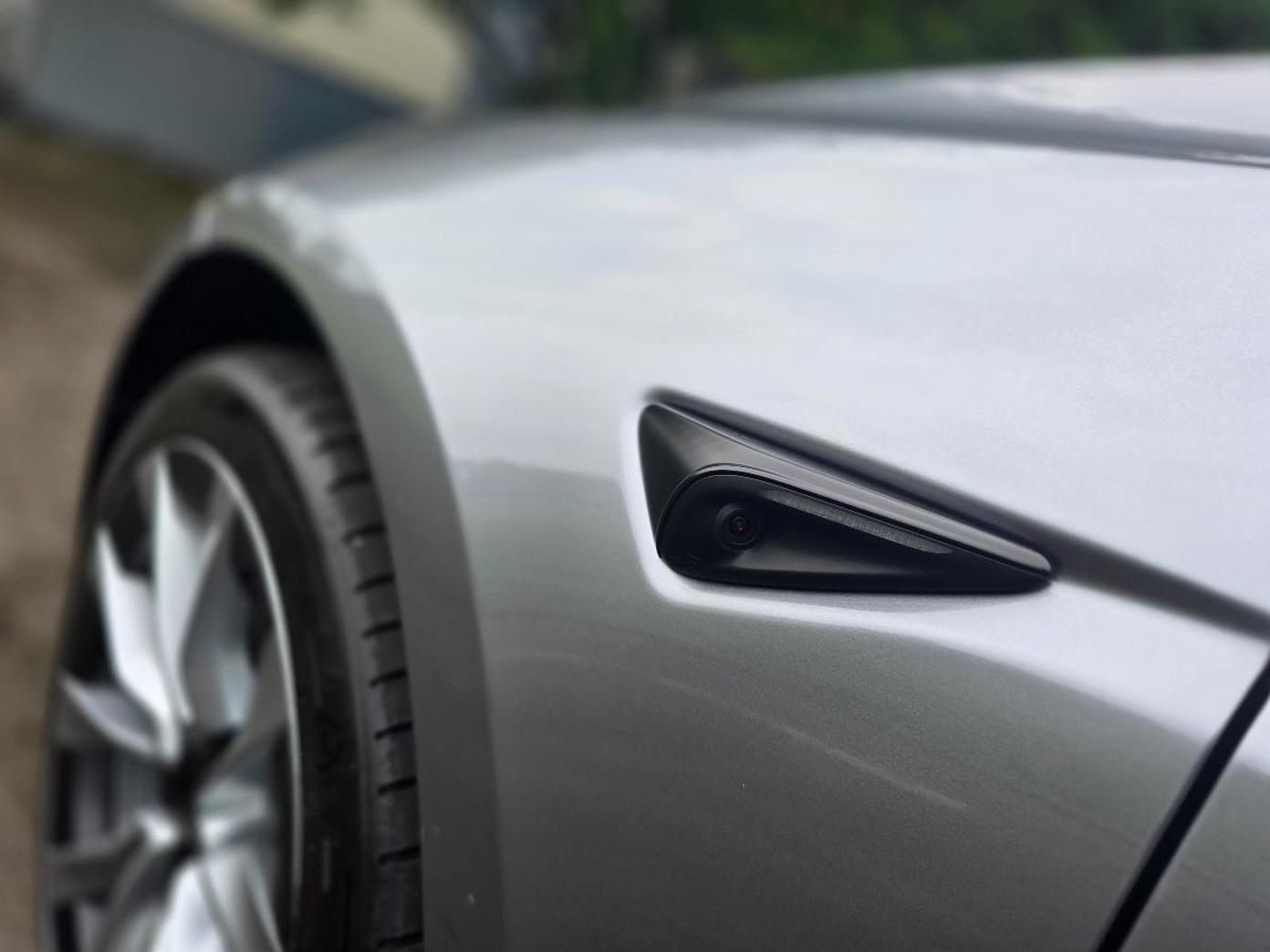
And that is probably the true genius of FSD(S) - while it is pretty obvious that it is capable of making lightning fast decisions, it actually tempers that by leaving its reactions roughly the same as those of a competent driver, in that it waits at an intersection the amount of time it would take you to look left, right and then left again before moving off, even though it can look in both directions at the same time.
This immediately outs you at ease and builds an immense amount of confidence in the system, as it simply reacts exactly in the way a human driver would, except in an emergency situation where it is significantly faster.
Not that I experienced any “emergency situations" outside of the time it thought that a car that was parking was actually pulling out in front of me and slammed on the brakes, or the genuinely amusing occasion that it mistook a large child-sized Mickey Mouse statue outside an antique shop for a pedestrian (it was opposite a crossing) and slowed when a real pedestrian walked around the mouse.
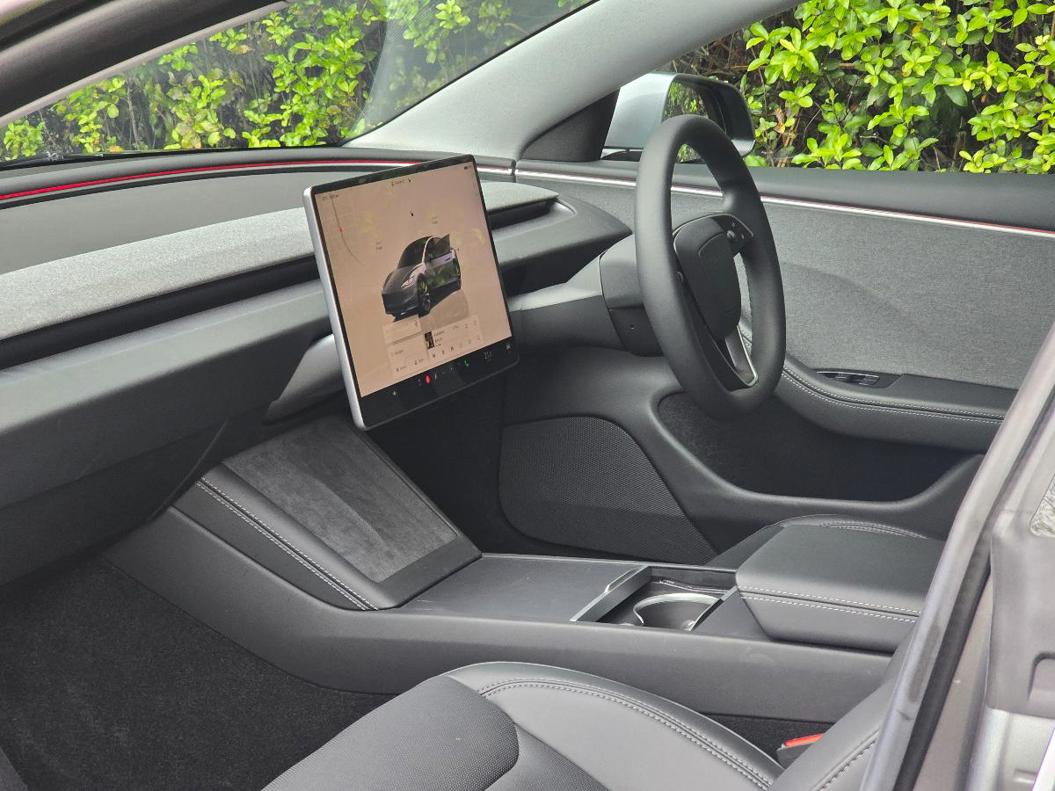
Even then it was genuinely impressive that it recognised the potential hazard a child-sized object that suddenly appeared next to a pedestrian crossing could be.
But I guess the big $11,000 question is one of value, meaning is FSD(S) worth the hefty $11k Tesla asks for it?
I also lost count of the amount of times I would wonder why the hell it was slowing down, only to spot the car or pedestrian approaching from the side, with the car spotting them far sooner than I could and preparing itself for human unpredictability.
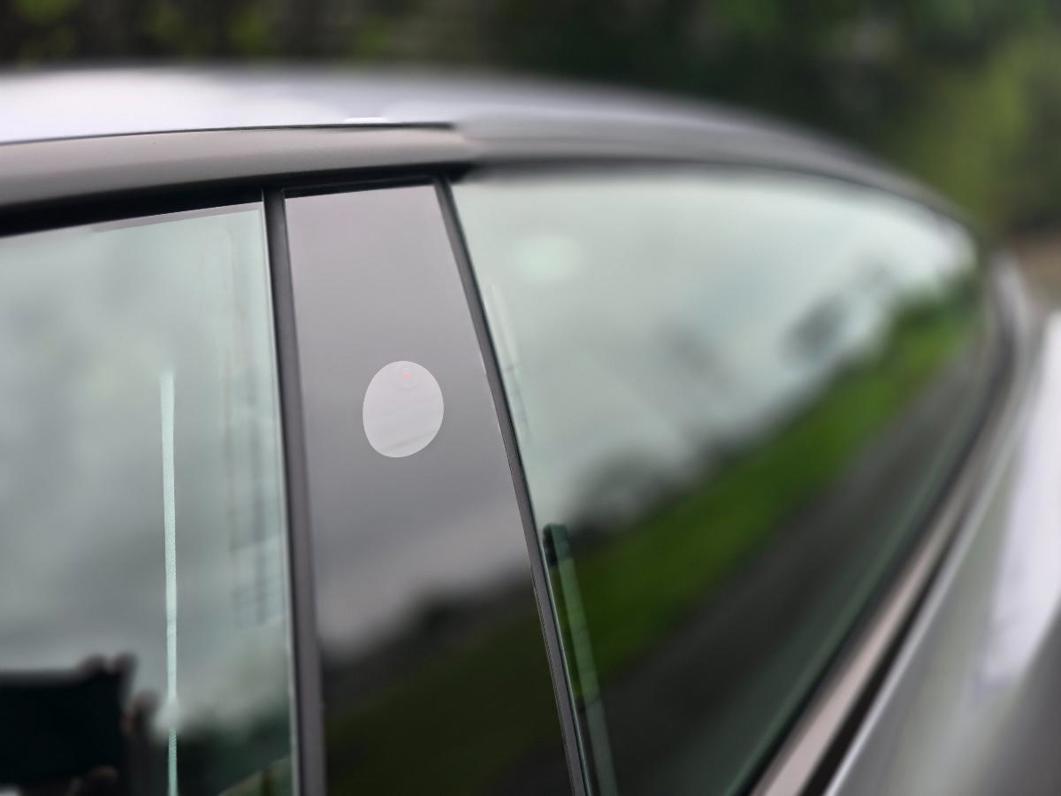
This leads us into one of the downsides of FSD(S). While it is almost faultless in lower speed, preferably busy urban situations and extremely good on multi-lane motorways, it does become a bit too cautious out on a typical two lane open road.
I must admit that the first time I ventured out of an urban setting to where motorways give way to roads with single lanes in both directions with no central divider save a white line painted down the middle, I was more apprehensive than I had ever been in the Model 3 before.
But it quickly proved to be just as competent on narrower roads and even, to my surprise (yet again), very narrow rural roads with no road markings whatsoever..
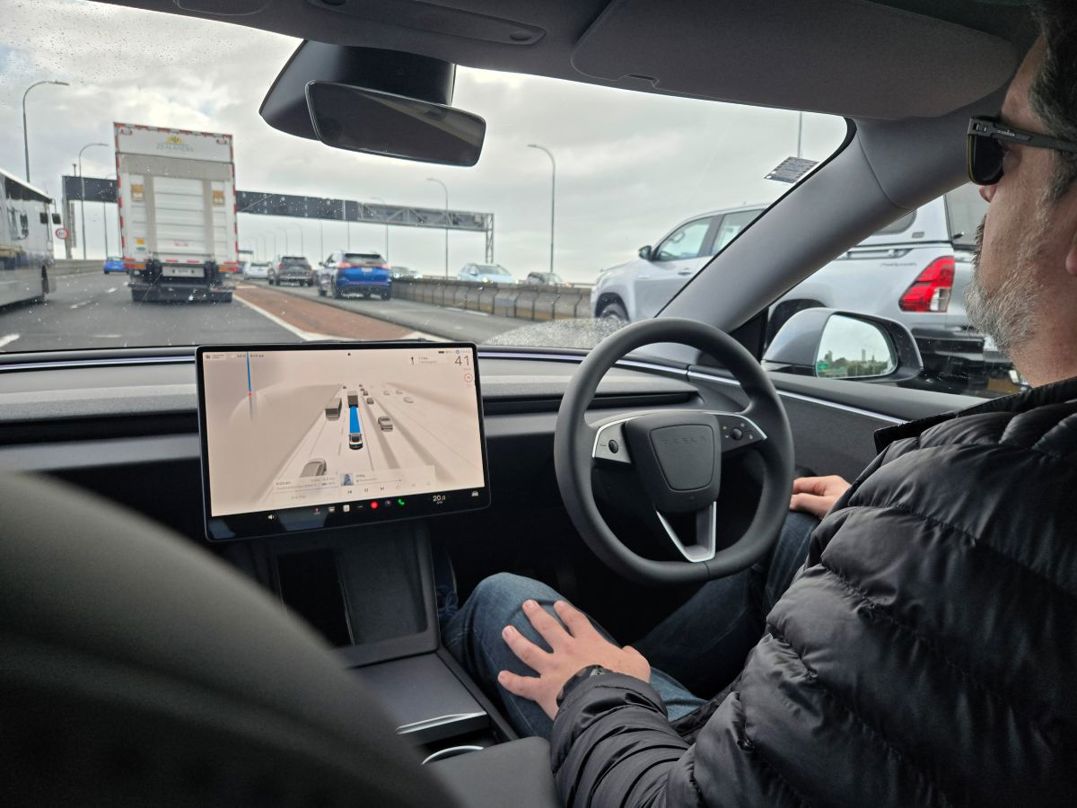
It does, however, become even more cautious, which you would expect (and hope for), but it does tend to take it a bit too far on occasion. While its obvious tendency to keep further to the left on unmarked roads is extremely smart, its tendency to prefer to cruise along at 70 to 80km/h on fully marked 100km/h roads is frustrating. Particular for the person behind you.
The system not only silently handles all the navigation, it also handles the indicators, leaving you to just keep an eye out for idiots. Even though it will almost certainly see them before you anyway.
However, this is easily overcome by simply prodding the accelerator pedal, but it kind of takes the shine off the whole “full self driving” thing. As does the fact that, like all camera-based systems, if your car is covered in dew (or frost) in the morning FSD(S) can’t work until all the cameras have cleared.
But I guess the big $11,000 question is one of value, meaning is FSD(S) worth the hefty $11k Tesla asks for it? Well, that can only be answered with a lot of “ifs”.
If, for example, you do a lot of open road driving away from multi-lane highways (which, let’s face it, is most of New Zealand), then it is of questionable value at best. While it is still extremely capable and competent on those roads, the number of times you have to intervene to hurry it up a bit reduces its usefulness to that of standard radar cruise control, or even the GPS-assisted systems from the likes of BMW and Mercedes-Benz.
If, on the other hand, you do the daily grind through heavy traffic in a city to work and back, then it is worth every single cent, taking all the stress and brain-grinding “having to pay attention while also barely moving” thing out of your morning routine.
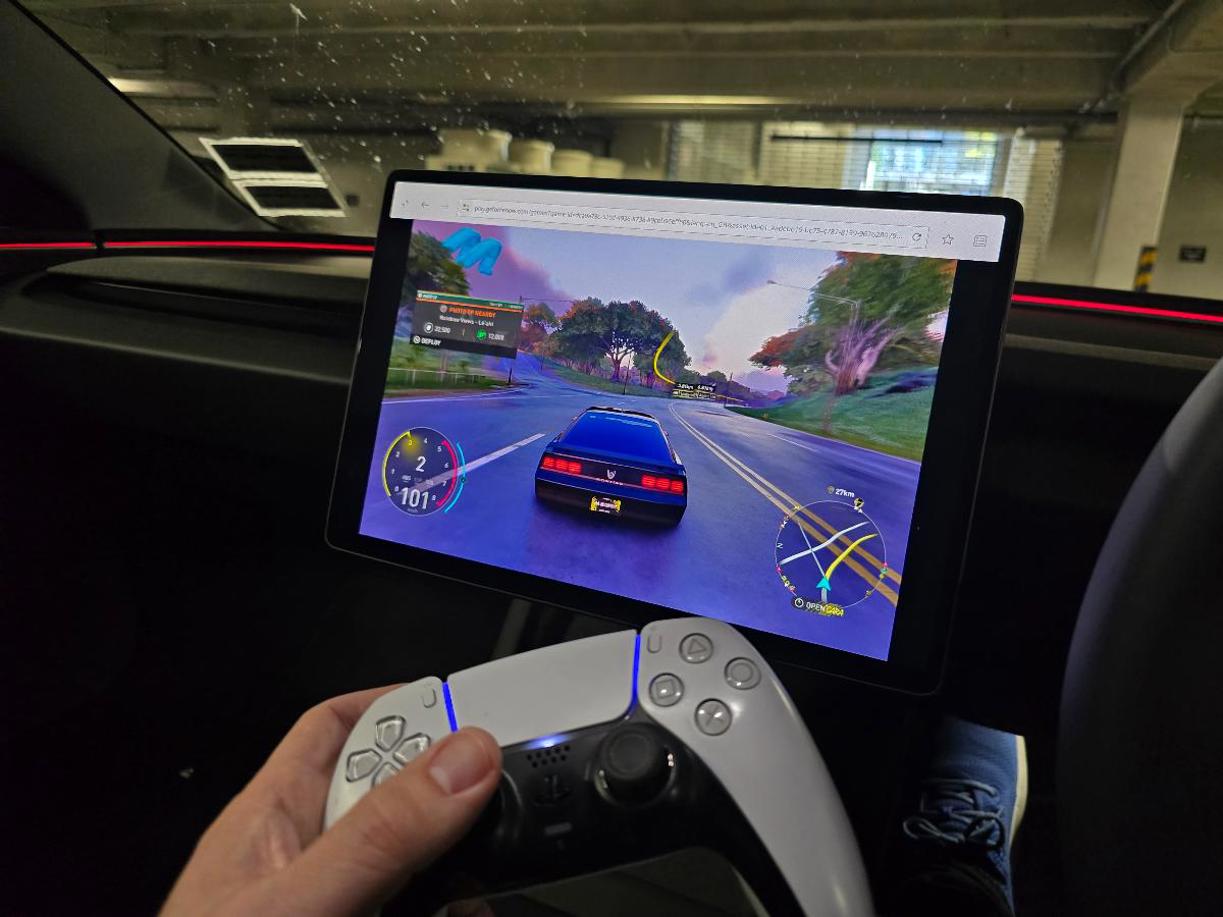
The fact that it won’t shout at you for not holding the steering wheel makes a huge improvement over lesser systems (it will shout at you if you aren’t paying attention, however, and rightly so), and makes the painful crawl to work and back far less painful simply because all you have to do is simply be aware of what is happening around you.
Another area it is genuinely helpful is when you are navigating in an unfamiliar place - not having to pay attention to commands from navigation while also paying attention to traffic makes for a massively more relaxed experience, with the system not only silently handling all the navigation, it also handles the indicators, leaving you to just keep an eye out for idiots. Even though it will almost certainly see them before you anyway.
Despite my serious initial misgivings, I came away from my time with FSD(S) genuinely impressed. Would I personally shell out $11k for it? In my circumstances, probably not, but if I had to commute and peak hours and did a lot of urban running, then it is definitely worth the cost. The added bonus being that the Model 3 is a genuinely good car as well.

